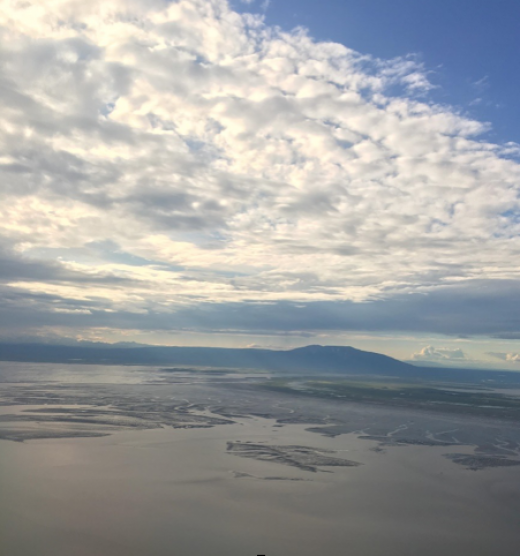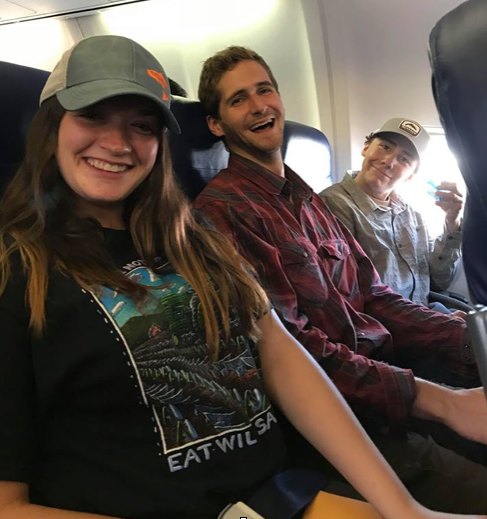Editor’s note: Building off the success of last year’s Native Odyssey campaign, Trout Unlimited is sending four of our brightest college club leaders in the TU Costa 5 Rivers Program to explore the home of the world’s largest runs of wild salmon: Alaska. Starting July 5, these students will explore the Kenai Peninsula, Bristol Bay and the Tongass National Forest in pursuit of the five species of Pacific salmon and other native Salmonids that call Alaska home. In partnership with Costa Sunglasses, Simms Fishing Products, the U.S. Forest Service, Fishpond USA, and Orvis, these students will seek to unearth, document, and share the challenges facing the largest salmon fisheries in the world.
As I wait in line to check into my flight from Denver to Seattle, I am attracting all kinds of stares. A father explains to his questioning son why I am carrying three tubes though the airport. A group of old friends approaches me and tells me that they too are headed to Alaska to fish for salmon. The TSA agents and airport staff cast me wary glances, and I can’t help but worry. I think about how my net and rod tubes might look concerning to some travelers, and I try to look as friendly as possible.
Surprisingly, I make it through security and board my flight without having to leave behind any of my fishing gear. During the eight-hour layover, I experience a shift. After talking with a man from Juneau for a while, our conversation drifts toward the 5 Rivers Native Odyssey.
Most of my midwestern peers had never heard of the issues facing Bristol Bay and the Tongass National Forest, so I took advantage of every opportunity to brief them on Trout Unlimited’s actions in the area, and why projects like this are necessary. However, while visiting with this gentleman, I realized that it is not my turn to tell my story anymore. From now on, we will be attempting to tell the story of wild salmon in Alaska.
My first question for my new Alaskan friend came out very awkwardly. “Feel free to give your input!” I blurted out, referring to the proposed Pebble Mine. It was hardly a question, but I didn’t know where to start. He confirmed everything I had read, that the Pebble Mine would be devastating for the fishery and the economy. I asked if he thought the mine would bring any benefits to Bristol Bay, just to get a feel for his stance. He told me that the short-term mining jobs would be nothing compared to the jobs and opportunities that salmon bring to the Bay. We chatted some more about fishing and flies.
I felt bold enough to show him my stash of streamers that I tied, and I noticed the smallest glint of longing in his eyes as he ran his fingers over the black and purple rabbit fur.
 The closer we get to takeoff, the more the excitement builds. Kylie has printed off plenty of reading materials, and we pass them around while talking about our goals for the trip. We joke about finding the best Mexican food and seeing how long we can go without showering.
The closer we get to takeoff, the more the excitement builds. Kylie has printed off plenty of reading materials, and we pass them around while talking about our goals for the trip. We joke about finding the best Mexican food and seeing how long we can go without showering.
As I glance out the window to get one last view of Seattle, I notice the sunlight illuminating child-size fingerprints on the window. Looking past the smudges to the evergreen trees and moody mountains surrounding the airport, I feel more like a child than I did trying to lift my bag into the overhead bin.
The four of us have cut our fly fishing teeth on rivers across the lower 48, but we are now entering an entirely different realm of fishing. In just a few short hours, we will enter a land where fishing is a lifestyle, a way to provide for one’s family, a career and an absolute necessity.
I only hope that we can capture even a fraction of the importance of salmon in Alaska, and maybe catch a fish or two along the way.



